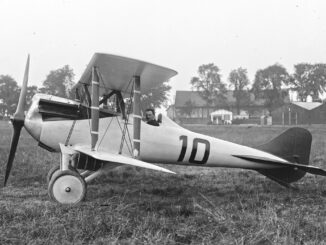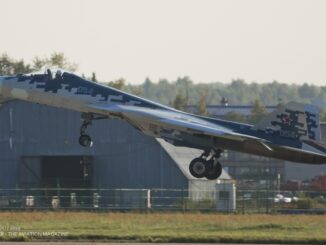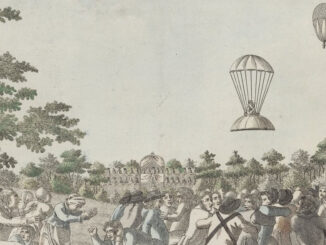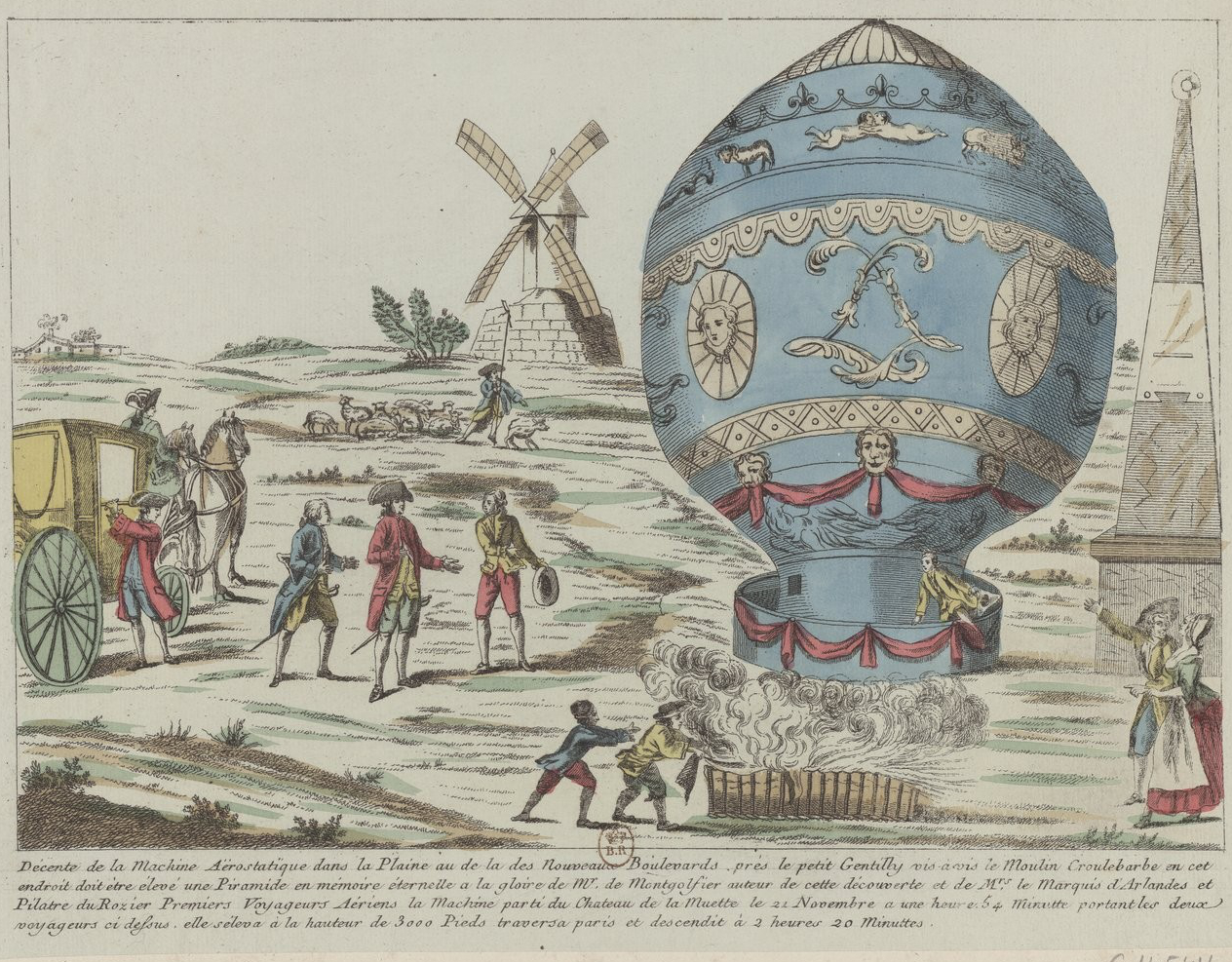 On 21 November 1783, Jean-François Pilâtre de Rozier and the Marquis d’Arlandes made the world´s first untethered flight in a Montgolfier hot air balloon. The aerostat reached an altitude of 3,000 feet and remained airborne for about twenty-five minutes.
On 21 November 1783, Jean-François Pilâtre de Rozier and the Marquis d’Arlandes made the world´s first untethered flight in a Montgolfier hot air balloon. The aerostat reached an altitude of 3,000 feet and remained airborne for about twenty-five minutes.
Jean-François Pilâtre de Rozier was born on 30 March 1754 in Metz, France. His early interests included physics and the chemistry of medical substances.
In the early 1780s, Rozier worked for Louis Stanislas Xavier, the Comte de Provence and brother of King Louis XVI. He was in charge of Xavier’s musée de Monsieur, the private laboratory where Rozier was carrying out experiments in physics and chemistry, providing lectures and demonstrations to the nobility. His work included the development of an early gas mask, phosphoric candles and cloth dyeing techniques, as well as an invention of respirator.
In June 1783, the Montgolfier brothers performed the first public demonstration of their hot air balloon. Rozier quickly became interested in the new invention, offering his help with its further development.
On 19 September, the Montgolfiers conducted the first untethered flight with an unusual balloon crew – a sheep, a cockerel and a duck. A manned flight seemed like the obvious next step, but the king initially opposed the idea, considering it too risky.
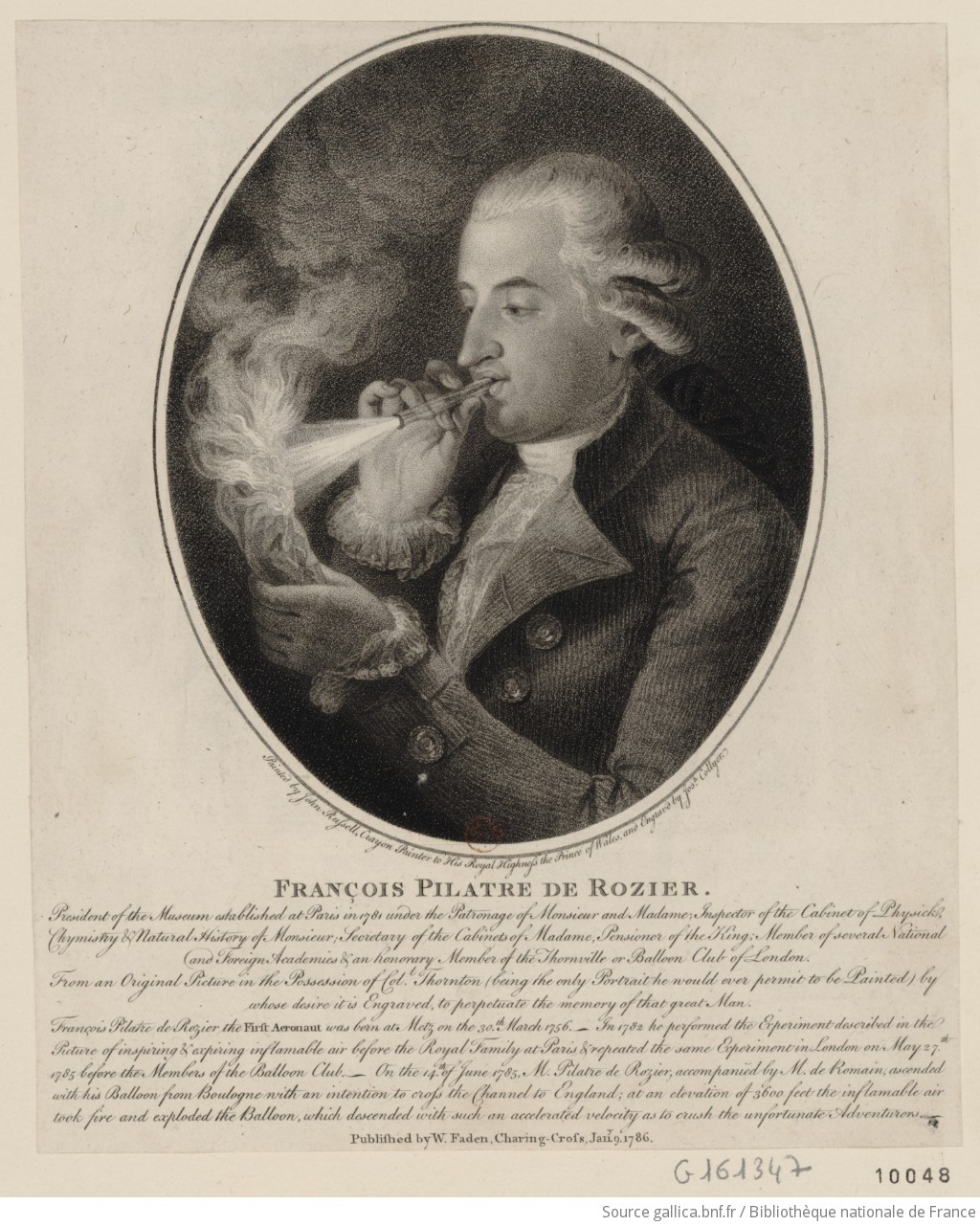
It was therefore proposed that the first manned flight should be carried out by two condemned criminals. This proposal, however, was criticised by the French nobility, who insisted that such an important milestone in aviation history should not be entrusted to convicts. Eventually, Rozier and the Marquis d’Arlandes volunteered for the flight and, after considerable persuasion, were approved by Louis XVI.
On 21 November 1783, Rozier and the Marquis d’Arlandes, watched by the king himself, took off from the gardens of the Château de la Muette in Paris. The flight lasted about twenty-five minutes and covered approximately nine kilometres before the brave aviators landed at Butte-aux-Cailles, then a suburb of Paris. During this first untethered manned balloon flight, Rozier and d’Arlandes reached an altitude of about 3,000 feet (900 metres).
The following year, Jean-François Pilâtre de Rozier continued his aviation experiments. In January 1784, he was one of six passengers aboard Le Flesselles, the enormous Montgolfier balloon with a volume more than ten times that of the one used during the inaugural flight. In June of the same year, Rozier flew the Marie-Antoinette balloon during a demonstration for Louis XVI and King Gustav III of Sweden. Together with Joseph Proust, he set balloon records for speed, altitude and distance travelled.
His next goal was to cross the English Channel. As the Montgolfier-type hot air balloon was not suitable for such a journey, the French aviation pioneer began developing his own aircraft, now known as the Rozière balloon. It was a hybrid of hydrogen and hot air, with separate chambers for heated and unheated lifting gas.
Unfortunately for Rozier, preparations for the record attempt took too long. On 7 January 1785, aviation history was made by another Frenchman, Jean-Pierre Blanchard, and an American, John Jeffries, who crossed the English Channel in a hydrogen balloon (more information on this flight can be found in our article 7 January 1785 – First Balloon Crossing of the English Channel).
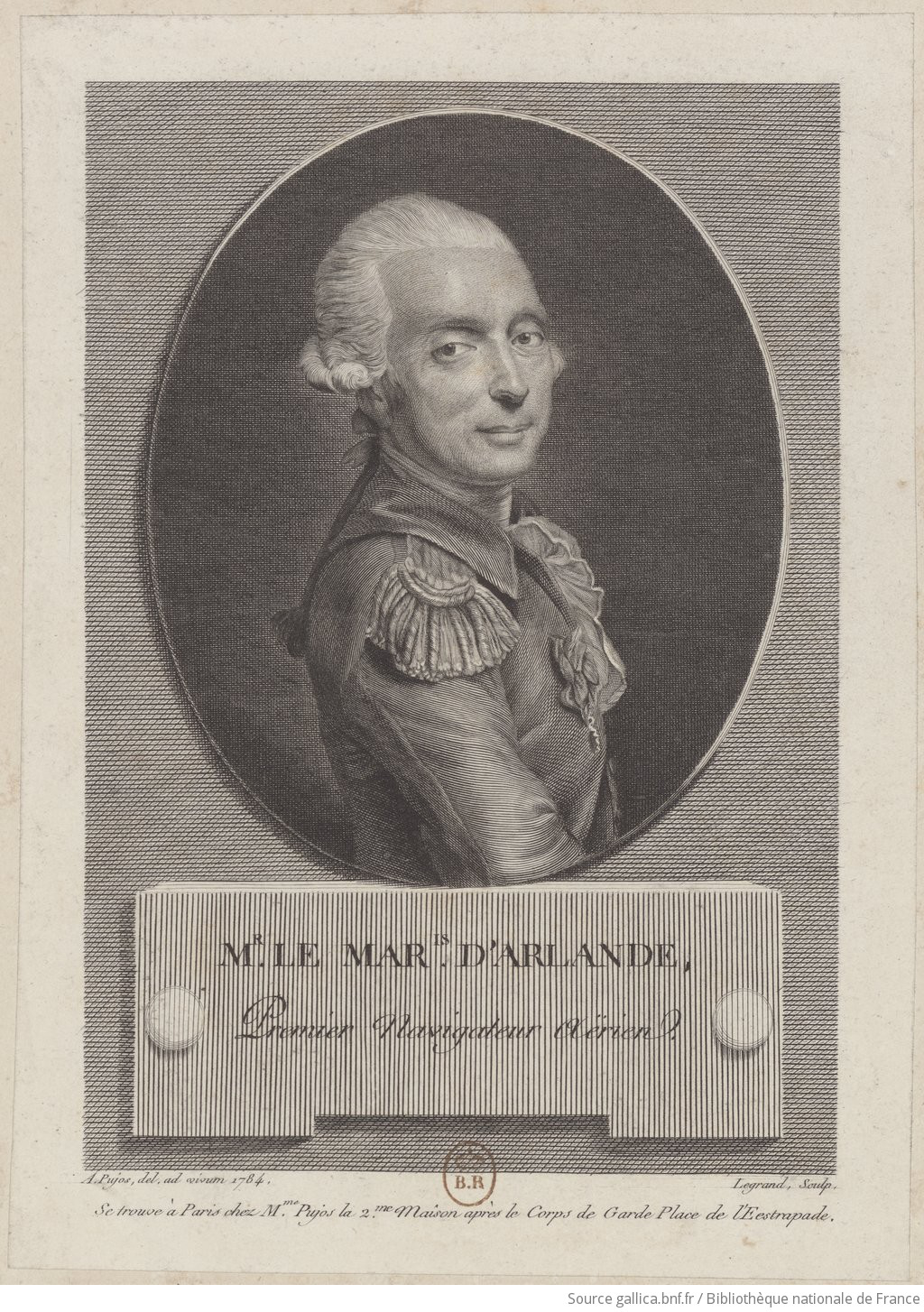
Rozier and his companion, Pierre Romain, took off for their attempt only on 15 June 1785. Shortly after the take-off, strong winds pushed the aircraft back over land. Moments later, the balloon caught fire in mid-air, deflated and crashed near Wimereux in the Pas-de-Calais. Both aviation pioneers were killed on the spot.
François Laurent d’Arlandes was born in 1742 in Anneyron, France. He was an infantry officer and served in the French royal guard.
D’Arlandes and Joseph Montgolfier were both born in the same region of France, the Auvergne-Rhône-Alpes, and later met at the Jesuit college in Tournon.
Before taking part in the first untethered balloon flight in history, d’Arlandes experimented with parachuting. Reportedly, he narrowly survived one of his jumps made in 1782.
Nothing is known about his further aviation activities. Shortly afterwards, the French Revolution broke out, and d’Arlandes was dismissed from the army for cowardice. He subsequently lived in his château near Anneyron and died in poverty in 1809.
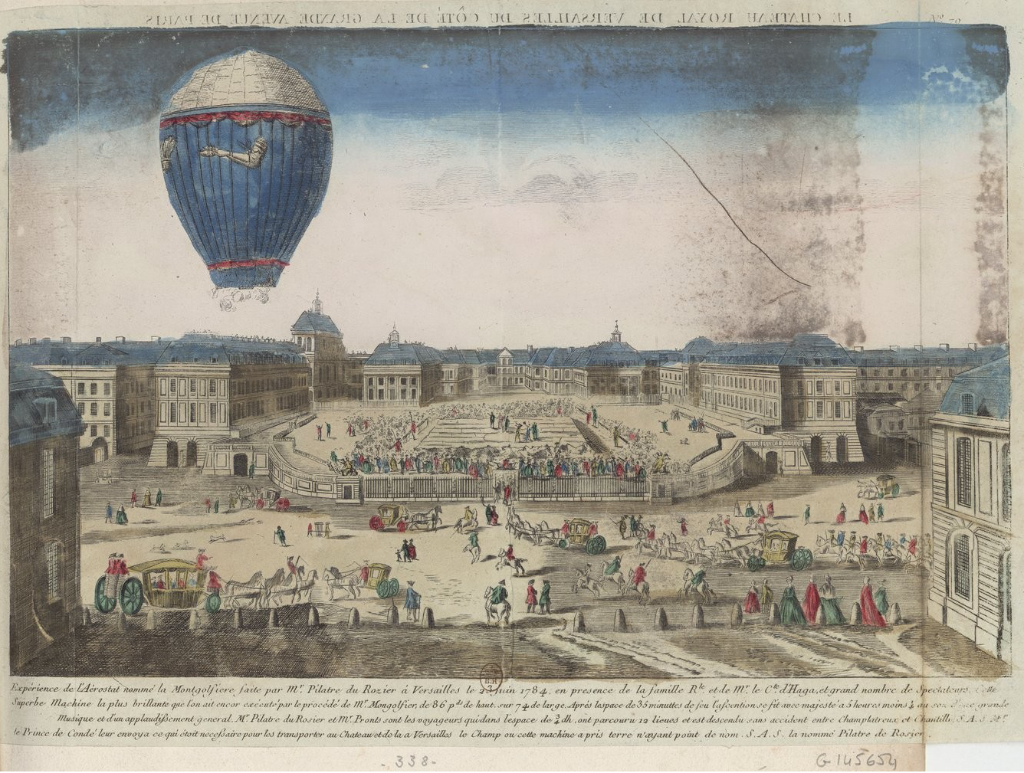
Cover photo: landing of the Montgolfier balloon with Jean-François Pilâtre de Rozier and the Marquis d’Arlandes on board, source: Bibliothèque nationale de France / gallica.bnf.fr, ark:/12148/btv1b55001623g

